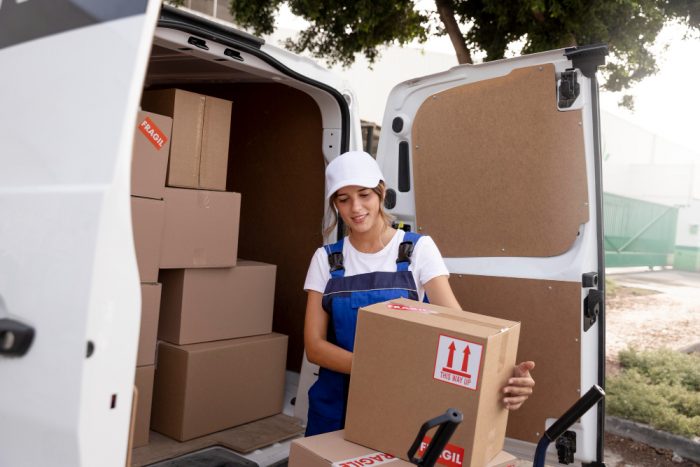When you are shipping fragile items, you ought to do more than simply hope your products get to their destination safely. You have to create a plan that looks at the dangers your goods could face in transit through wise planning and packaging says, Mr Jalan. Corrugated shipping boxes are one of the most economically viable and popular modes to ship goods, both hazardous and non-hazardous, but they need to be used properly to make sure that they are effective.
Mr Gaurav Jalan, Founder, and Director of Packman Packaging Pvt Ltd India’s top corrugated boxes manufacturer shares some ideas that will assist you to keep your fragile items safe in transit when shipping them in a corrugated box.
For your cargo use the best-suited box
The primary thing to do is to make sure that you are using the correct size and design of the corrugated boxes. You would not want a box that is too big, as this will let cargo be jostled around and perhaps damaged. It is also vital to check that your box is using a grade of corrugated board that is strong enough to sustain your cargo without being unnecessarily thick (which can boost your fuel expenses in the long run).
Packman Packaging provides the best way to get the right corrugated boxes for your shipping purposes.
Use void fill packaging materials
Even when you are using the correct size box, there could still be some added space left in the package that may give the cargo space to move around—which you certainly do not want. To keep cargo stable and safe from shocks, you have void-fill materials to secure it.
Apply correct labels and stickers on the box
Instructional-based shipping labels and placards are vital for informing package handlers on ways to handle your shipment. A “Fragile” label cautions the handler to use added care, a “Keep Cold” label conveys that a shipment needs to be refrigerated (and mostly specifies a temperature), and a “This End Up” label refrains your product from being stored incorrectly.
The coloured labels of hazmat assist handlers identify the hazard categories of any hazardous materials kept within and are an important safety tool for making certain that hazmat goods are handled properly.
Safeguard your boxes from moisture
Moisture can do simply as much damage to the items of your box as mishandling in certain cases. It could damage the structural integrity of cardboard, and also, harm the cargo itself. Thus, taking procedures to make your cargo more moisture-resistant is essential, whether or not the shipment itself is moisture-sensitive.
Packaging tape is one good method for sealing out moisture, though one will need to make certain that each opening point of the box is properly covered. For heavy-duty moisture safeguarding, vermiculite is a popular choice, a spongy mineral that is excellent for both absorbing moisture and safeguarding your cargo from impacts.
Use dunnage bags
Even the most skilful vehicle operators will face a few bumps, so it is critical that your shipment be ready for those when they happen. Dunnage airbags are a great solution for keeping the boxes themselves from shifting and bumping against other cargo when in transit.




